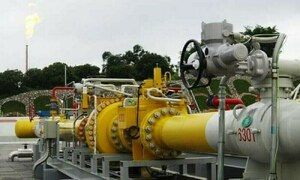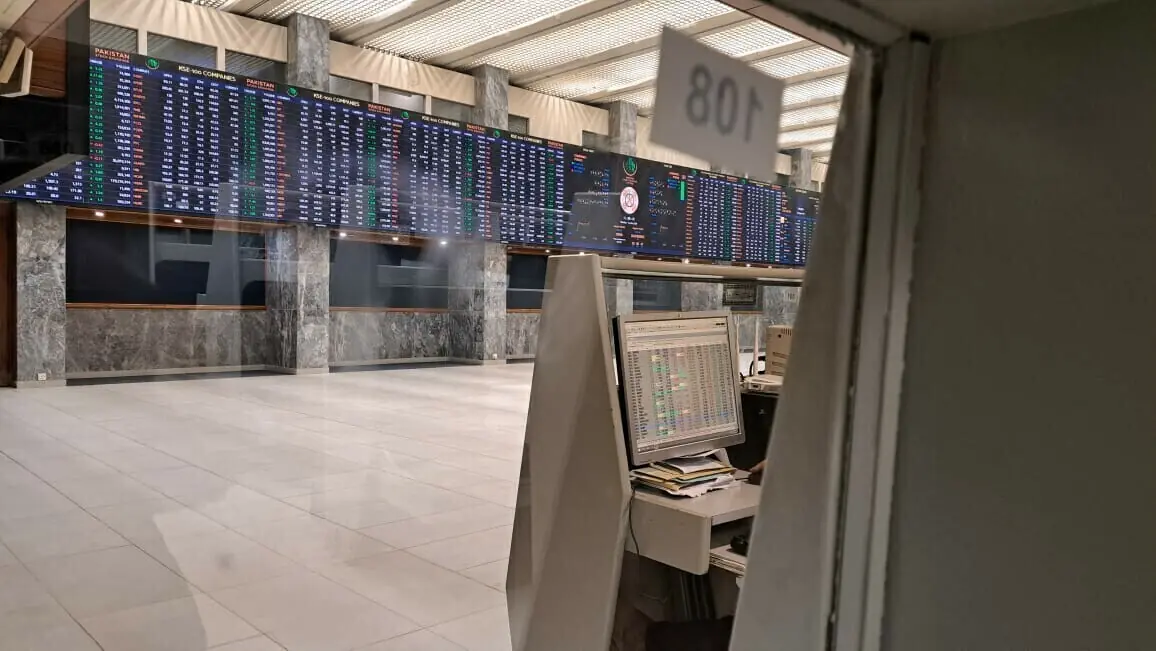The dollar declined on Wednesday after a US Treasury Department report showed net capital inflows into the United States in January failed to finance that month's record US trade deficit.
That mitigated the positive impact of a stronger-than-expected New York state manufacturing activity.
The $66 billion net capital inflow was very close to the $65 billion forecast in a Reuters poll of analysts, but still marked the second month in a row that net inflows into US assets failed to cover the country's trade gap. The US trade shortfall for January was $68.5 billion.
"Overall the net inflows...have slowed in the last couple of months. Private flows are down at levels not seen since May last year," said Alan Ruskin, head of international strategy at RBS Greenwich Capital in Greenwich, Connecticut.
"Given tepid dollar response to Empire data, the TICs data does not block way for a test of dollar weakness," he added.
The flows data sharpened traders' focus on the US economy's structural problems - highlighted by the record current account deficit announced on Tuesday - and renewed concerns that demand for US assets might be waning.
Late afternoon in New York, the euro traded 0.5 percent higher at $1.2069, after having risen to a fresh one-week high at $1.2074 0, according to Reuters data. The dollar was down 0.1 percent at 117.36 yen.
The dollar fell 0.6 percent to 1.2951 Swiss francs, while sterling was slightly higher at $1.7475.
Also on Wednesday, the US Federal Reserve beige book reported that US economic activity increased across the country in January, with businesses feeling continued cost pressures.
The euro edged higher against the dollar after the report, with traders attributing the rise to some short-term flows into the single euro zone currency. "The market is starting to prepare for some dour dollar news given that the Fed may be stopping (hiking rates) sooner than expected. I think all the good news may be behind the dollar now," said Joe Francomano, vice president of foreign exchange at Erste Bank in New York.
The net capital inflows figure was largely in line with estimates, but some analysts said there were "whisper numbers" of around $80-$100 billion doing the rounds just before the data release. That clearly disappointed most dollar bulls, causing a knee-jerk decline in the currency.
Before the flows report, however, the dollar had been largely steady, with a much stronger-than-expected report on New York manufacturing limiting its weakness from the previous session on speculation the Federal Reserve might not raise rates beyond 4.75 percent.
BR100
15,059
Decreased By
-56.5 (-0.37%)
BR30
42,931
Decreased By
-117.2 (-0.27%)
KSE100
148,815
Decreased By
-677.8 (-0.45%)
KSE30
45,206
Decreased By
-312 (-0.69%)





















Comments
Comments are closed.